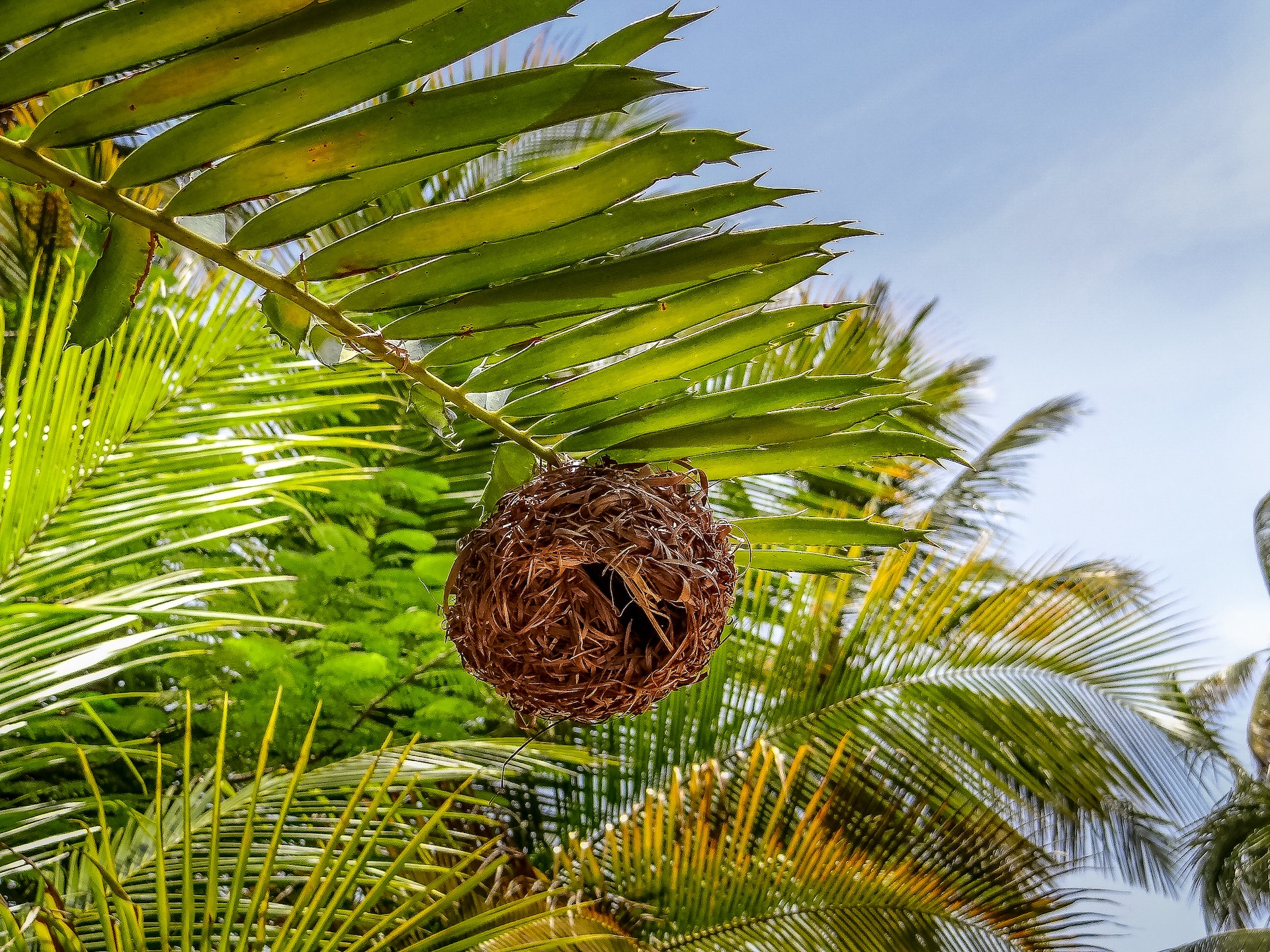Introduction
Bird nesting support plays a pivotal role in our ecosystem, directly influencing bird populations and, in turn, biodiversity as a whole. This beautiful interplay of life enhances the aesthetic appeal and intrinsic vitality of our surroundings. As nature enthusiasts, understanding and implementing bird nesting support practices can be a fulfilling and impactful activity. Here are five effective practices.
Proper Habitat Selection
Identifying and conserving suitable habitats is the first step in fostering a successful nesting environment. All bird species have specific habitat preferences that reflect their food sources, predator exposure, and nest-site selections. Regional ecosystems, like the midwestern prairies, coastal areas, or mountainous regions, can dictate what bird species you can support.
Identifying these habitats involves recognizing native plant species, water sources, bird species, and other biotic factors. Knowing these can enhance the suitability of an area for bird nesting. Learn more about selecting the right habitat on this page.
Protection From Human Disturbances
Human interference—from noise pollution to habitat encroachment—poses a significant threat to bird nesting habitats. Minimize disturbances by maintaining safe distances and controlling noise, particularly during nesting season. For example, cutting back trees or other vegetation near the nesting site can disrupt bird behavior and compromise their security.
Moreover, passionate photography, bird-watching, or similar activities need to be performed with utmost care. Wildlife guidelines, like the ones found here for bald eagles, provide best practices for minimizing human disturbances to bird habitats.
Supporting Local Fauna
Nesting birds thrive in habitats rich in local fauna, from indigenous plant species that provide shelter and nesting materials, to a diverse range of insects and small vertebrates that make up their diet. Promoting your local terrain’s fauna not only supports the birds but also overall biodiversity.
Tips for naturalscape gardening, native plant propagation, providing water sources, and more can profoundly enhance the ecosystem’s health and the success of bird nesting efforts.
Protecting Against Harsh Climate Conditions
Adequate shelter from adverse weather conditions is crucial for nesting birds. High winds, heavy rainfall, and extreme temperatures can severely affect birds and their nests. Additionally, climate change has led to unpredictable weather patterns, increasing the importance of available shelter.
Creating windbreaks using tall plants or structures, providing shaded areas for protection against intense heat, and ensuring available water sources can significantly enhance a bird’s nesting success.
Safeguarding Birds from Predation
Predation poses a severe threat to nesting birds and their offspring. Predators can range from small mammals, larger birds, to even reptiles. Increasing the height of nesting spots, using predator guards, and avoiding attracting potential predators can help deter such threats.
Active vigilance and quick response to signs of predation can mean the difference between the survival or devastation of a bird family. Supporting happy, healthy, nesting birds is a testament to the health of our overall ecosystem.

